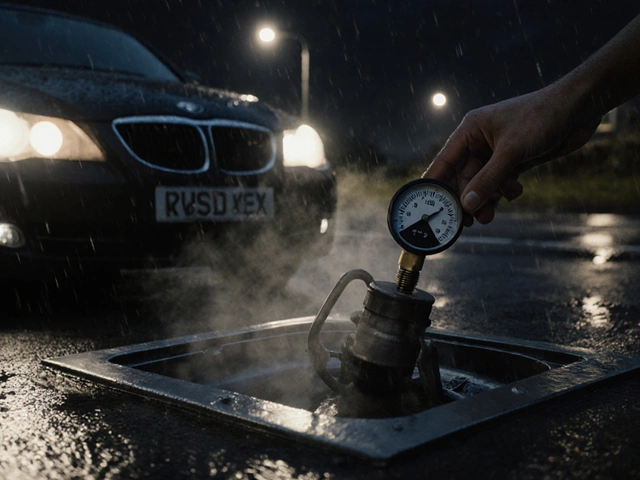Exhaust Size Guide: Choose the Right Diameter for Better Performance
Ever wonder why some cars sound louder or feel quicker after an exhaust swap? The secret often lies in the exhaust size. A bigger pipe can free up flow, but the wrong size can sap power and make the engine sound weak. Below you’ll get straight‑to‑the‑point advice on what size works best for different rides.
Why Exhaust Size Matters
Exhaust size, measured in inches of diameter, controls how fast gases leave the engine. A tight pipe (say 2.5") creates more back‑pressure, which can boost low‑end torque on a small engine but usually limits top‑end power. A wide pipe (3.5" or larger) lets gases escape quickly, helping high‑rev engines and turbo setups make more horsepower.
Back‑pressure isn’t always bad – it’s just a balance. Too much restriction chokes the engine, causing poor fuel efficiency and a sluggish feel. Too little restriction can make the exhaust flow too fast at low revs, leading to a flat‑spot in power and a thin, raspy sound that might not pass MOT checks.
In short, the right exhaust size keeps the engine breathing efficiently across its whole RPM range. That translates to smoother power delivery, better fuel mileage, and a tone that matches your style – whether you like a subtle growl or a bold roar.
How to Choose the Right Exhaust Diameter
Start with your engine’s size and purpose. A 1.6‑litre naturally aspirated engine typically does fine with a 2.5" or 2.75" pipe. If you’ve got a 2.0‑litre turbo, a 3" pipe is a common sweet spot that improves flow without making the mid‑range feel thin.
Check your current setup. Measure the inside diameter of the stock pipe or look up the OEM spec online. If you’re planning a major power upgrade – bigger camshafts, forced induction, or a high‑rev build – you’ll likely need a larger diameter to match the increased airflow.
Don’t forget the rest of the system. A bigger pipe works best when the catalytic converter, mufflers and tailpipe are sized to match. Mixing a 3.5" pipe with a 2.5" muffler can cause turbulence and reduce the gains you expected.
Legal considerations matter too. In the UK, an exhaust that is too loud or creates excessive emissions can fail the MOT. Choose a pipe that complies with local noise limits and has a proper catalytic converter if your car is subject to emissions testing.
Finally, think about installation. Upsizing often means new brackets, hangers, and sometimes a custom fit. Northwich Tyres Centre can help you pick the right size, fit it correctly, and make sure everything lines up with your car’s chassis.
Bottom line: match the exhaust size to your engine’s flow needs, your performance goals, and legal requirements. When you get the balance right, you’ll notice quicker acceleration, smoother power, and a sound that turns heads without getting you a MOT fail.
 21 April 2025
21 April 2025
How Do I Know What Size Exhaust I Need? Straightforward Guide for Perfect Fit
Ever been lost trying to figure out what size exhaust your vehicle actually needs? This guide breaks it all down with no nonsense. You'll learn why exhaust size matters, how to measure the right way, and the effects of making the wrong choice. Forget the guesswork—get the right exhaust size for your performance and budget.
 10 February 2025
10 February 2025
Choosing the Right Exhaust Size for 300 HP
Picking the right exhaust size for a 300 horsepower engine is crucial for achieving optimal performance and efficiency. This article breaks down why the exhaust diameter matters, the impact on your vehicle's power and sound, and tips to choose the best option tailored to your car's needs. Explore how materials and design play a role in your exhaust system's functionality. Get ready for a smoother ride with the right setup.
Latest Posts
-

What Helps a Bad Fuel Pump? Real Fixes That Actually Work
-

Should I Drive with a Bad Fuel Pump? Risks, Signs, and What to Do Now
-

Signs Your Car Needs an Oil Refill: Recognizing Low Oil Symptoms
-

Brake Pads: How Often Should You Really Replace Them?
-

Disconnect Battery First? Swapping Out Your Fuel Pump Safely

0